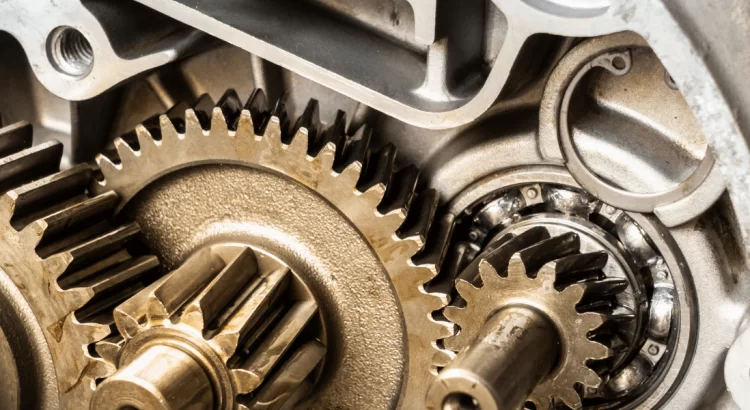Mobile:+86-311-808-126-83
Email:info@ydcastings.com
Types of Fan Impellers and Their Applications in Various Industries
Understanding ID Fan Impeller Types A Comprehensive Guide
Industrial ventilation systems play a crucial role in maintaining air quality and optimizing processes in various industries. At the heart of these systems lies the Induced Draft (ID) fan, a vital component that ensures efficient airflow. One of the key factors influencing the performance of ID fans is the design of their impellers. This article delves into the different types of impellers used in ID fans, examining their characteristics, applications, and advantages.
What is an ID Fan?
An ID fan is a type of ventilation fan that helps remove flue gases from industrial processes, ensuring that the air quality remains safe for both workers and the environment. These fans are commonly used in power plants, cement manufacturing, and various chemical processes. The design and functionality of the ID fan largely depend on its impeller type, which significantly influences its efficiency and performance.
Types of ID Fan Impellers
ID fan impellers can be broadly categorized into three main types backward-curved, forward-curved, and radial. Each impeller type has distinct characteristics that make it suitable for specific applications.
1. Backward-Curved Impellers
Backward-curved impellers are one of the most commonly used designs in ID fans due to their high efficiency and excellent performance. The blades of these impellers are curved backward relative to the direction of rotation. This design allows for a smooth airflow, reducing turbulence and noise levels. Backward-curved impellers are particularly advantageous when handling large volumes of air against higher pressure, making them suitable for applications in power plants and large industrial facilities.
Forward-curved impellers are distinguished by blades that curve in the direction of rotation. These impellers provide a higher air volume at lower pressures, making them ideal for applications requiring high airflow but not necessarily high pressure. Forward-curved impellers are commonly used in smaller ID fans and ventilation systems where space is limited, such as in heating, ventilation, and air conditioning (HVAC) systems. However, they are less efficient than backward-curved impellers in high-pressure applications.
id fan impeller types

3. Radial Impellers
Radial impellers feature blades that extend straight out from the center, forming a radial pattern. This design is effective for generating high pressures and is often used in industrial applications where a strong airflow is necessary. Radial impellers are known for their robustness and ability to handle abrasive or particulate-laden air streams. They are commonly found in applications involving dust collection, where the fan must endure harsh conditions.
Factors to Consider When Choosing an Impeller Type
When selecting an ID fan and its impeller type, several factors need to be taken into account
- Airflow Requirements The desired airflow rate plays a significant role in determining the appropriate impeller type. For high airflow with low pressure, forward-curved impellers may be suitable, while backward-curved impellers are better for high-pressure scenarios.
- Space Constraints In applications with limited space, forward-curved impellers are often the preferred choice due to their compact design.
- Operating Conditions Consider the environment in which the ID fan will operate. If the air stream contains particulates or corrosive substances, a radial impeller may be the best option due to its durability.
- Noise Levels Backward-curved impellers generally produce less noise compared to forward-curved designs, making them suitable for environments where noise reduction is essential.
Conclusion
In summary, the selection of ID fan impeller types is a crucial decision that impacts the efficiency, performance, and reliability of ventilation systems. Understanding the differences between backward-curved, forward-curved, and radial impellers allows engineers and facility managers to choose the most appropriate design for their specific needs. By considering factors such as airflow requirements, space constraints, operating conditions, and noise levels, it is possible to optimize industrial ventilation systems, ensuring effective air management and enhanced operational performance.
-
Why Should You Invest in Superior Pump Castings for Your Equipment?NewsJun.09,2025
-
Unlock Performance Potential with Stainless Impellers and Aluminum End CapsNewsJun.09,2025
-
Revolutionize Your Machinery with Superior Cast Iron and Aluminum ComponentsNewsJun.09,2025
-
Revolutionize Fluid Dynamics with Premium Pump ComponentsNewsJun.09,2025
-
Optimizing Industrial Systems with Essential Valve ComponentsNewsJun.09,2025
-
Elevate Grid Efficiency with High-Precision Power CastingsNewsJun.09,2025











